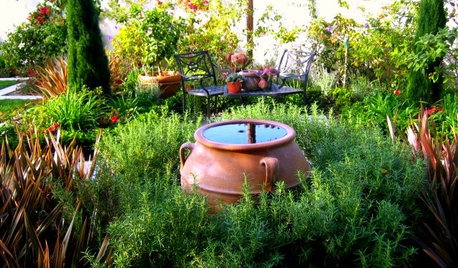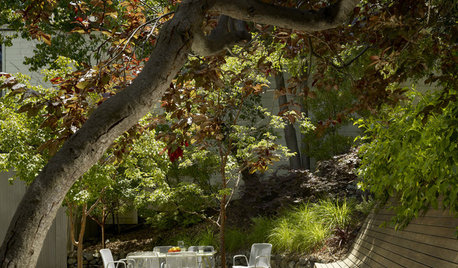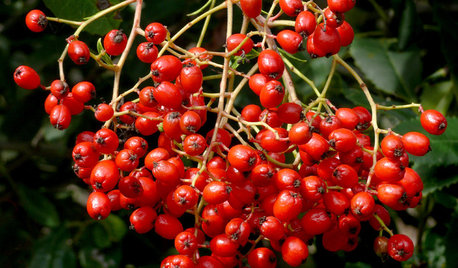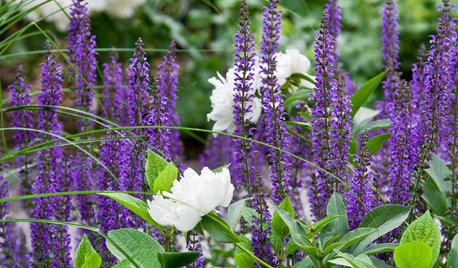'Madeline Hill' Rosemary
martieinct
18 years ago
Featured Answer
Sort by:Oldest
Comments (14)
kris
18 years agolast modified: 9 years agomartieinct
18 years agolast modified: 9 years agoRelated Professionals
Middletown Landscape Contractors · Springfield Landscape Contractors · Darien Landscape Contractors · Framingham Landscape Contractors · Glendale Heights Landscape Contractors · Hawthorne Landscape Contractors · Huntley Landscape Contractors · Lemont Landscape Contractors · Methuen Landscape Contractors · New Braunfels Landscape Contractors · Northport Landscape Contractors · Old Saybrook Landscape Contractors · Pueblo West Landscape Contractors · Arlington Roofing & Gutters · Manteca Roofing & Guttersltcollins1949
18 years agolast modified: 9 years agonarcnh
18 years agolast modified: 9 years agokris
18 years agolast modified: 9 years agomartieinct
18 years agolast modified: 9 years agonarcnh
18 years agolast modified: 9 years agooldroser
18 years agolast modified: 9 years agolil_rhody
18 years agolast modified: 9 years agoenchantedplace
18 years agolast modified: 9 years agokris
18 years agolast modified: 9 years agofrancescod
18 years agolast modified: 9 years agomartieinct
18 years agolast modified: 9 years ago
Related Stories

GARDENING GUIDESHerb Garden Essentials: Grow Your Own Rosemary
With its invigorating scent, easygoing nature and ability to make dishes sing with flavor, rosemary may become your new best garden friend
Full Story
GARDENING GUIDESNew Ways to Think About All That Mulch in the Garden
Before you go making a mountain out of a mulch hill, learn the facts about what your plants and soil really want
Full Story
LANDSCAPE DESIGNHow Low Can Hedges Go? Discover Unusual Garden Borders
Short enough to step over, high enough to be a stretch ... check out these radically different hedge styles and tell us your opinion
Full Story
LANDSCAPE DESIGNLandscaping Magic Fixes a Dangerous Sloped Yard
It had scary parking, a confusing entry and erosion issues. See how this steep California landscape gained safety, beauty and clarity
Full Story
GARDENING AND LANDSCAPINGHow to Create an Outdoor Nest
Arching trees, tall grasses and natural slopes help create cozy spaces in your own backyard
Full Story
GARDENING AND LANDSCAPINGMake the Most of a Small Garden
Easier to maintain and adaptable to any home, small gardens have a charm all their own
Full Story
GARDENING GUIDESCalifornia Gardener's December Checklist
Let California's version of holly brighten the winter landscape — or consider another holiday performer from the whole host of choices
Full Story
GARDENING AND LANDSCAPINGGarden Tour: Colorful, Serene Woodland Near Boston
Exuberant perennials, outdoor rooms and a surrounding woodland come together to create a beautiful landscape in Massachusetts
Full Story
COMMUNITYIn L.A.’s Echo Park, a New Urban Development Takes Flight
Blackbirds, a new ‘microneighborhood’ near downtown, is Los Angeles’ latest small-lot urban infill project
Full StoryMore Discussions











mogardener